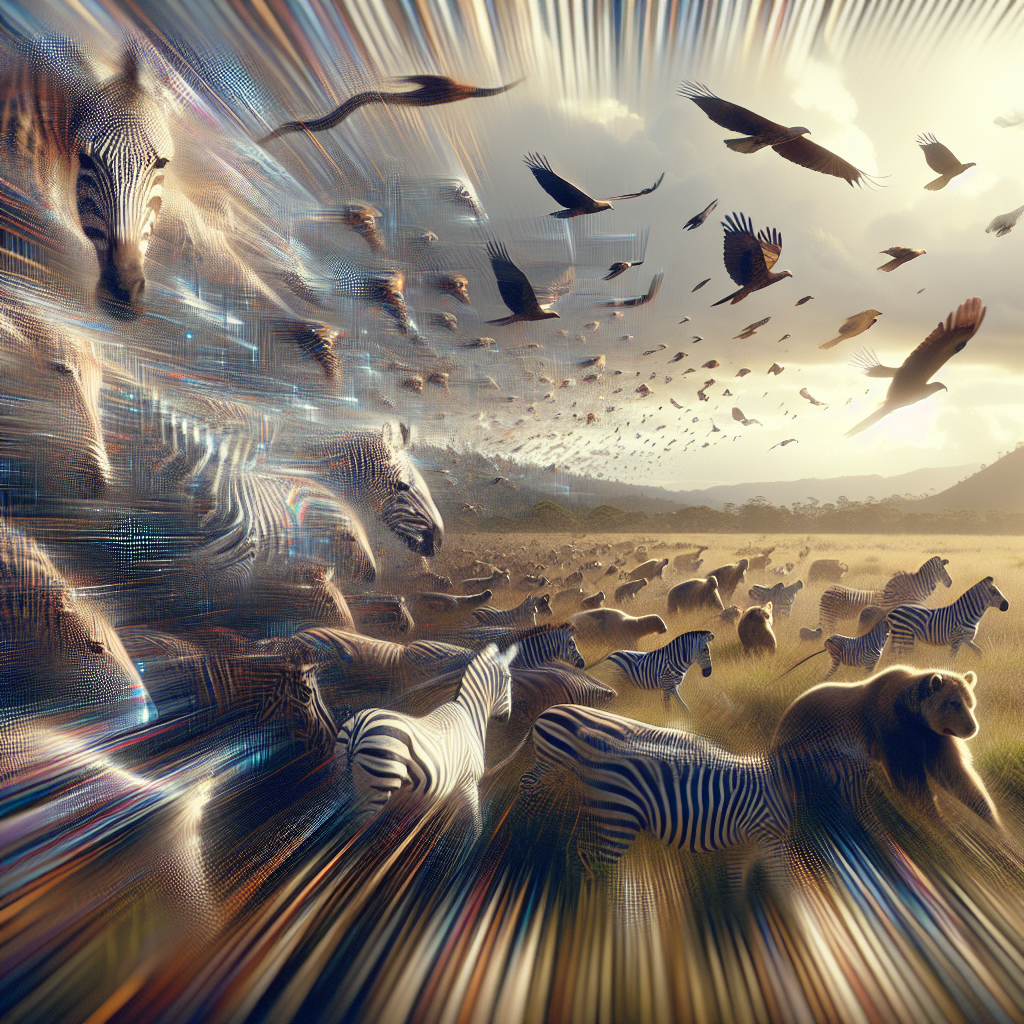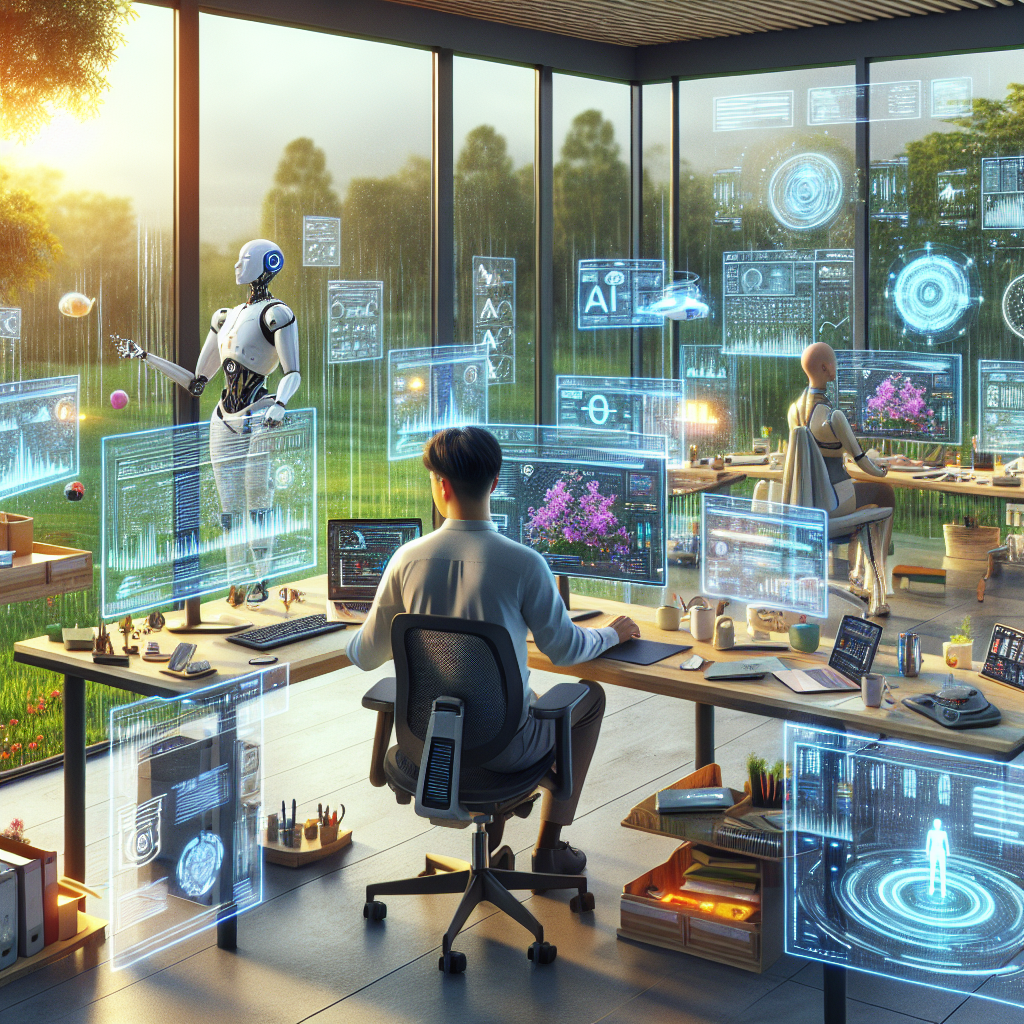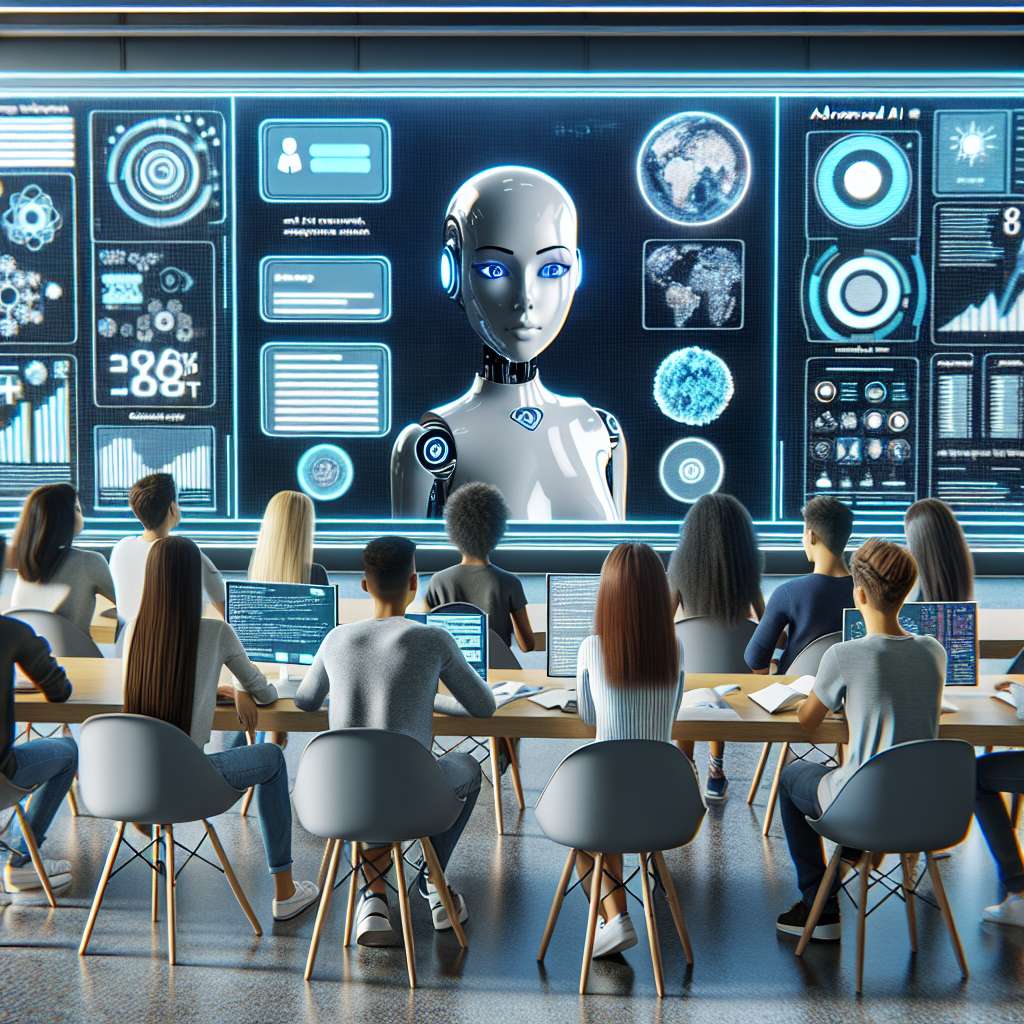-
Table of Contents
- The Rise of AI Influencers: Can Robots Replace Real Creators?
- What Are AI Influencers?
- Famous Examples of AI Influencers
- Why Are Brands Turning to AI Influencers?
- The Human Touch: What AI Still Lacks
- Case Study: The Backlash Against Virtual Influencers
- What the Data Says
- The Future: Coexistence or Competition?
- Potential Future Trends
- Conclusion: A New Era of Influence
The Rise of AI Influencers: Can Robots Replace Real Creators?

In the ever-evolving landscape of social media, a new breed of influencers is emerging—ones that don’t eat, sleep, or age. These are AI influencers: computer-generated personas powered by artificial intelligence, designed to engage audiences, promote products, and even spark conversations. As their popularity grows, a pressing question arises: Can robots truly replace real human creators?
What Are AI Influencers?
AI influencers are virtual characters created using a combination of artificial intelligence, computer graphics, and machine learning. Unlike traditional influencers, they are not real people but digital avatars managed by teams of developers, marketers, and designers. These virtual personalities can be programmed to post content, interact with followers, and even evolve over time based on audience engagement.
Famous Examples of AI Influencers
- Lu do Magalu: One of the earliest and most successful AI influencers, Lu is a Brazilian virtual character created by Magazine Luiza. With over 6 million Instagram followers, she promotes tech products and engages in social causes.
- Lil Miquela: Created by the startup Brud, Lil Miquela is a 19-year-old robot influencer with over 2.6 million Instagram followers. She has collaborated with brands like Prada and Calvin Klein and even released her own music.
- Imma: A Japanese virtual model known for her pink bob haircut and fashion-forward style. Imma has worked with brands like IKEA and Puma, blurring the lines between digital and real-world fashion.
Why Are Brands Turning to AI Influencers?
AI influencers offer several advantages over their human counterparts, making them increasingly attractive to brands and marketers:
- Complete Control: Brands can script every word and action, ensuring consistent messaging and avoiding PR mishaps.
- Cost-Effective: While initial development can be expensive, AI influencers don’t require travel, accommodations, or appearance fees.
- 24/7 Availability: These digital personas can post content and engage with followers around the clock without fatigue.
- Global Reach: AI influencers can be programmed to speak multiple languages and appeal to diverse demographics.
The Human Touch: What AI Still Lacks
Despite their growing popularity, AI influencers face significant limitations that prevent them from fully replacing human creators:
- Authenticity: Audiences often crave genuine human experiences, emotions, and imperfections—qualities that AI cannot replicate convincingly.
- Creativity: While AI can generate content, it lacks the nuanced creativity and cultural awareness that human creators bring to the table.
- Emotional Connection: Real influencers build trust and loyalty through personal stories and interactions, something AI struggles to emulate.
Case Study: The Backlash Against Virtual Influencers
In 2019, Lil Miquela faced criticism after a controversial campaign with Calvin Klein, where she appeared in a video kissing real-life model Bella Hadid. The campaign was accused of queerbaiting and sparked debates about the ethics of using AI in emotionally charged content. This incident highlighted the potential pitfalls of using virtual personas in sensitive contexts.
What the Data Says
According to a 2023 report by Influencer Marketing Hub, the influencer marketing industry is projected to reach $21.1 billion by 2024. While AI influencers currently make up a small fraction of this market, their presence is growing. A study by HypeAuditor found that virtual influencers have three times more engagement than human influencers on average, suggesting that audiences are intrigued by these digital personalities.
The Future: Coexistence or Competition?
Rather than replacing human creators, AI influencers may carve out a niche of their own. Many experts believe the future lies in collaboration rather than competition. For instance, human influencers could partner with AI counterparts to create hybrid content that combines authenticity with innovation.
Potential Future Trends
- AI-Human Collaborations: Joint campaigns that leverage the strengths of both real and virtual influencers.
- Personalized AI Influencers: Brands may develop custom AI personas tailored to specific audiences or campaigns.
- Ethical Guidelines: As AI influencers become more prevalent, industry standards and regulations will likely emerge to address transparency and accountability.
Conclusion: A New Era of Influence
The rise of AI influencers marks a fascinating shift in the world of digital marketing and content creation. While they offer unique advantages in terms of control, scalability, and engagement, they still fall short in areas that require human emotion, creativity, and authenticity. Rather than replacing real creators, AI influencers are more likely to complement them, opening up new possibilities for storytelling and brand engagement.
As technology continues to evolve, the line between real and virtual will blur even further. The key for brands and audiences alike will be to strike a balance—leveraging the efficiency of AI while preserving the irreplaceable human touch that makes content truly resonate.


